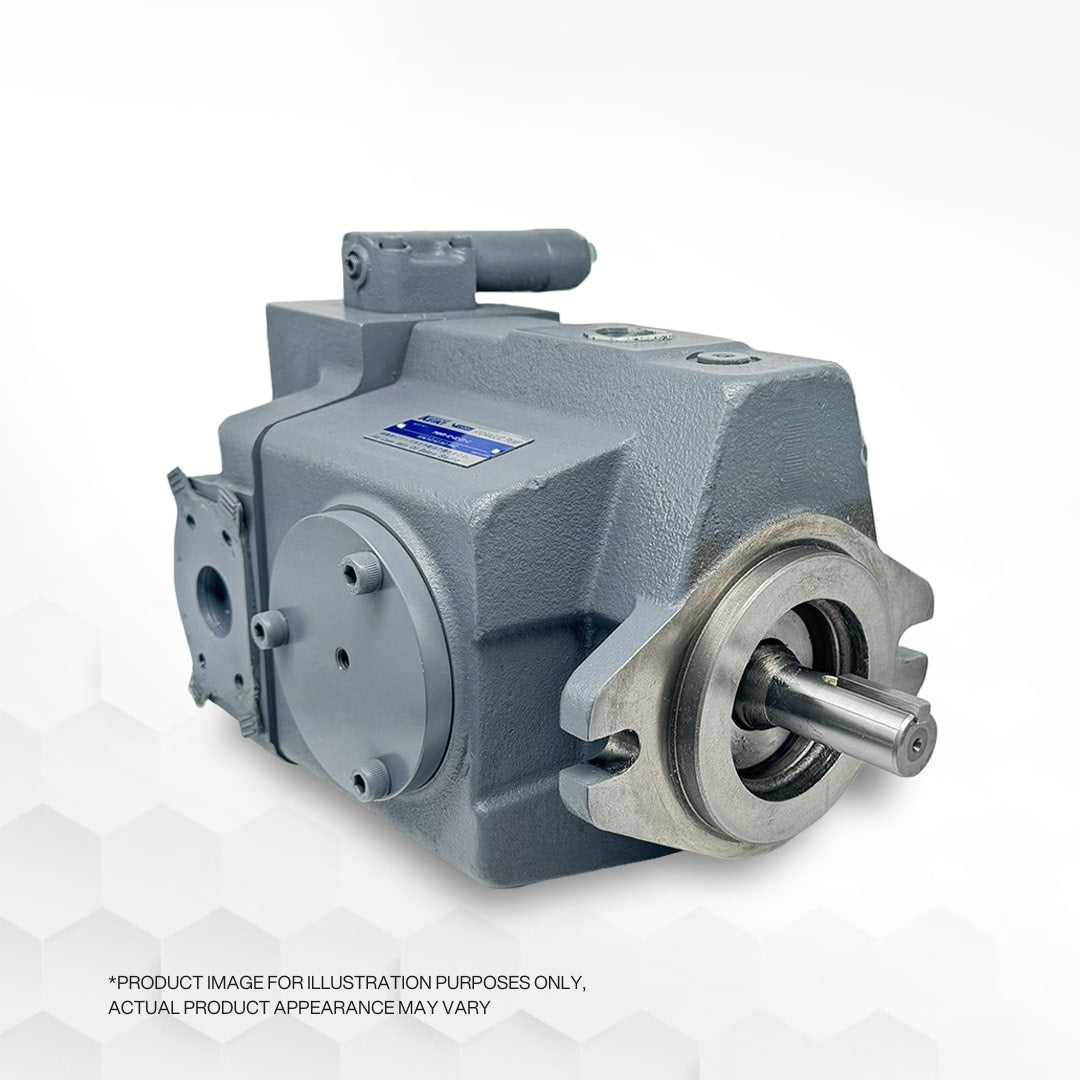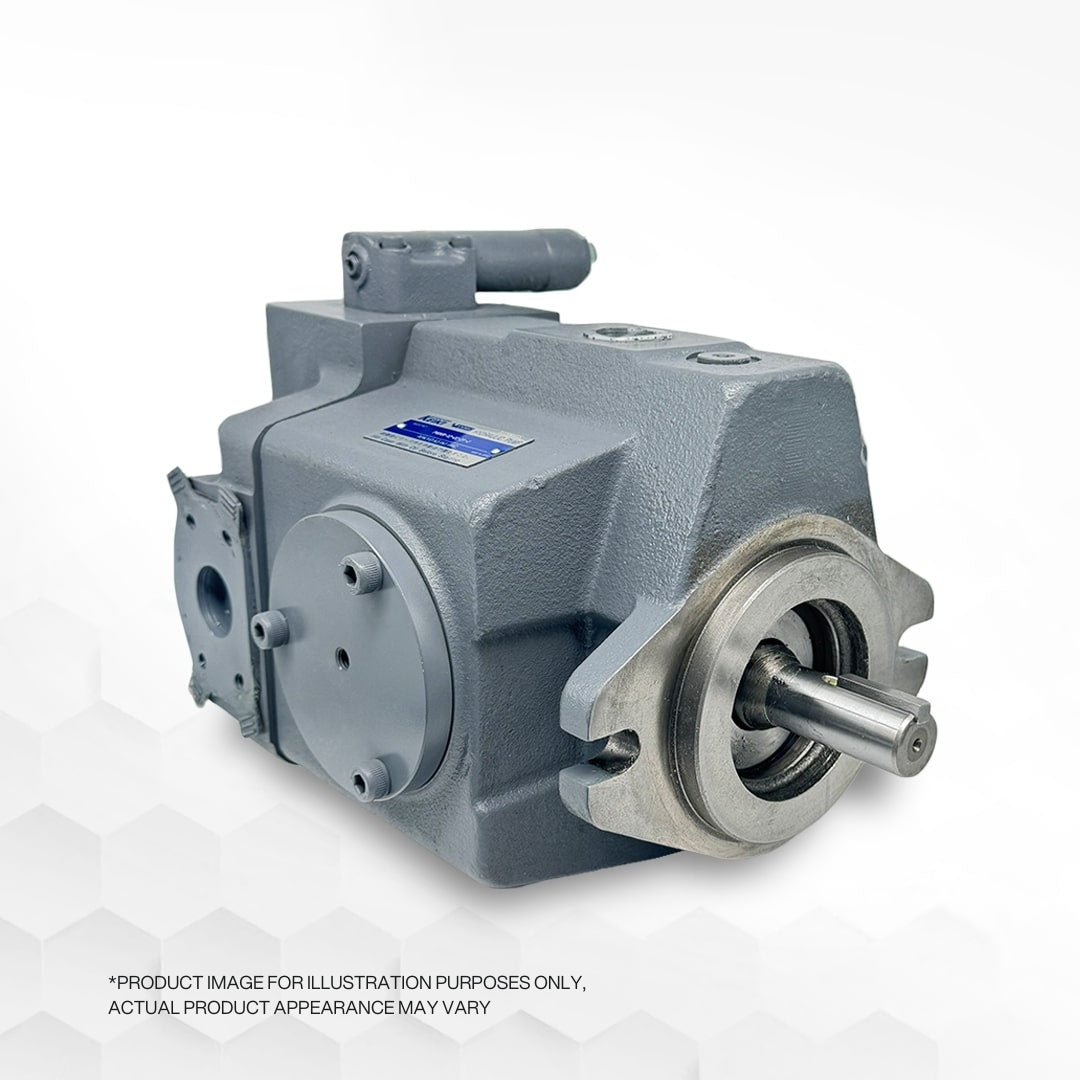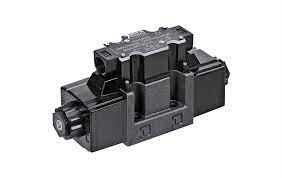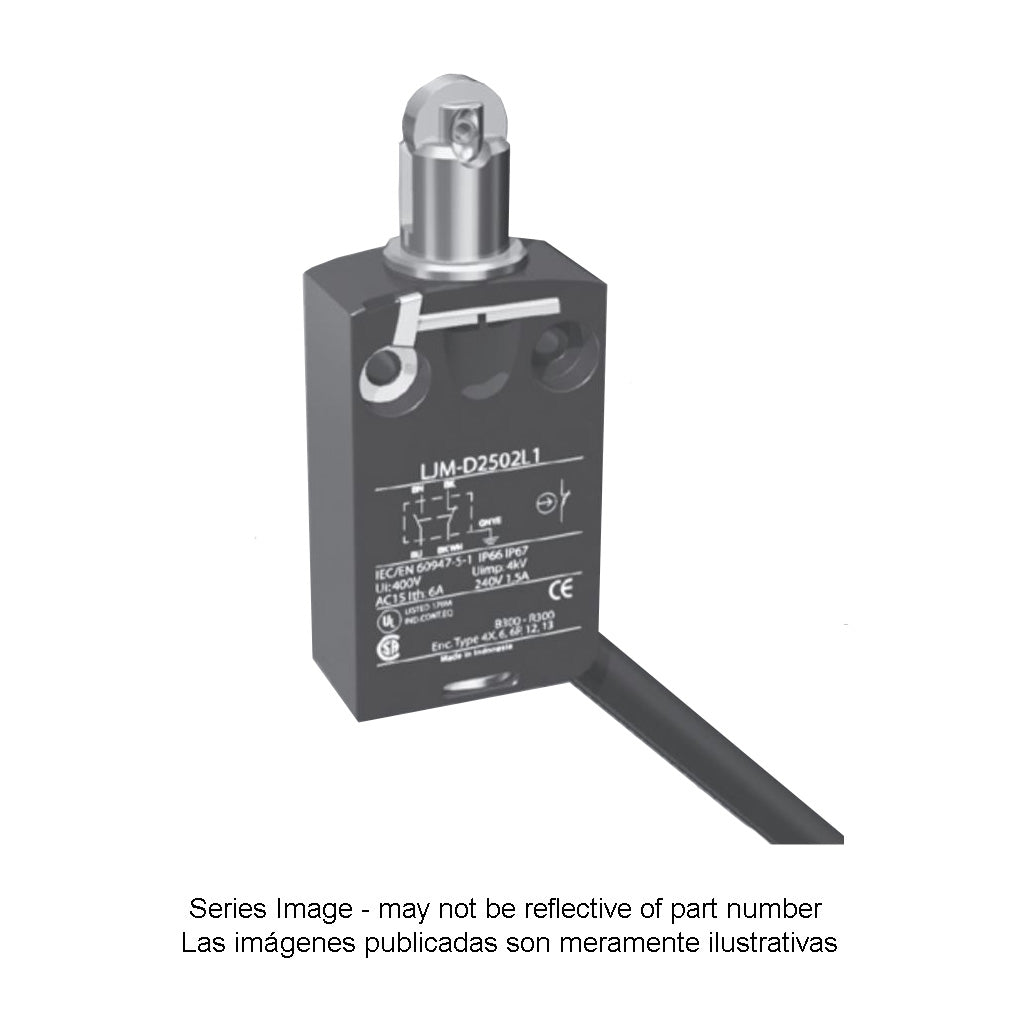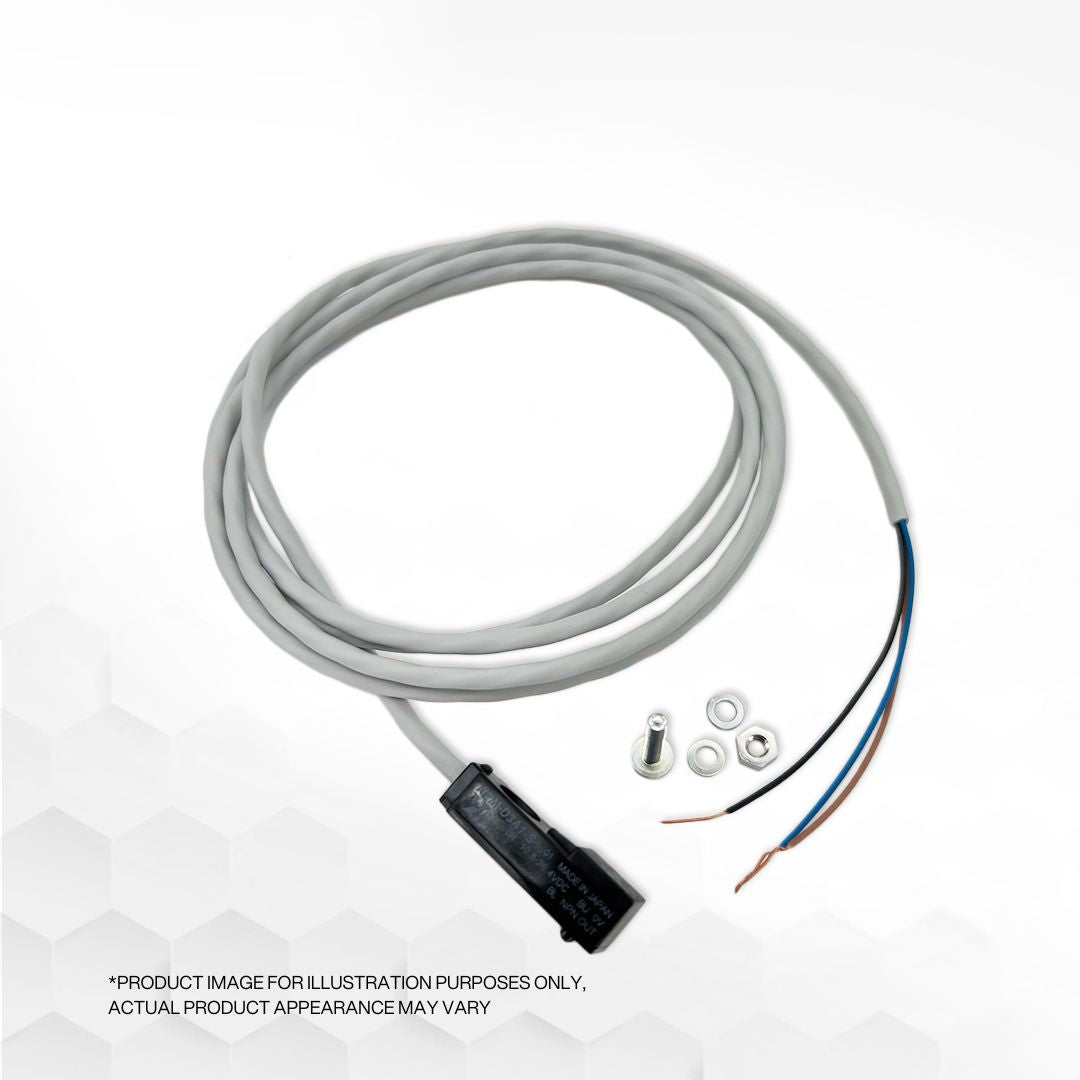
What are Sequence Valves
Sequence valves play a crucial role in hydraulic systems, controlling fluid flow to primary and secondary circuits while performing two key functions. Firstly, they determine the order in which specific actions occur, ensuring a well-defined sequence of operations. Secondly, in the secondary circuit, they maintain a minimum predetermined pressure in the primary line.
It is essential to maintain a sufficient pressure difference between the sequence valve's maximum primary pressure setting and the system relief valve's setting. Typically, this difference should be no less than 200 psi to ensure the sequence valve operates effectively.
Troubleshooting a sequence valve requires the installation of pressure gauges at its primary and secondary ports (TP1 and TP2). Most valve manufacturers include gauge ports in their sequence valve bodies, which provide valuable clues to troubleshoot and understand any issues within the valve.
Contaminants in the hydraulic fluid can negatively impact a sequence valve in two ways. Firstly, they may clog internal pilot passages within the valve, affecting its proper functioning. Secondly, contaminants can lead to increased wear and tear on the valve's moving parts.
There are several ways a sequence valve can malfunction, each with specific symptoms and potential causes. For instance, if the valve shifts prematurely, allowing oil flow from the primary to the secondary port at pressures below the original setting, potential causes include a blocked drain hole in the main spool or contamination causing the spool to become stuck open.
Delayed valve action, where pressure in the primary port rises above the original setting, can result from a permanent pilot control piston with scoring or contamination that prevents the main spool from shifting properly. Additionally, a plugged pilot fluid passage in the valve body can lower the pilot pressure required for spool shift.
Fluctuating pressure readings on gauges may indicate changing contamination levels within the valve or varying pressures in the valve drain line to the tank. Incorrectly sized drain lines or other control functions intermittently engaging with the system can lead to fluctuating backpressures.
Furthermore, if the valve drain line is not connected to the reservoir and is instead open to the atmosphere due to internal leakage, backpressure in the top cavity over the main spool can rise to a point where the spool cannot shift, resulting in no fluid flow from the secondary port or no pressure.
In conclusion, sequence valves are critical components in hydraulic systems, and understanding their proper functioning and potential malfunctions is vital for efficient and reliable system operation. Regular maintenance and monitoring of pressure gauges can help ensure the sequence valve operates optimally and minimizes the risk of issues due to contaminants or other factors.
